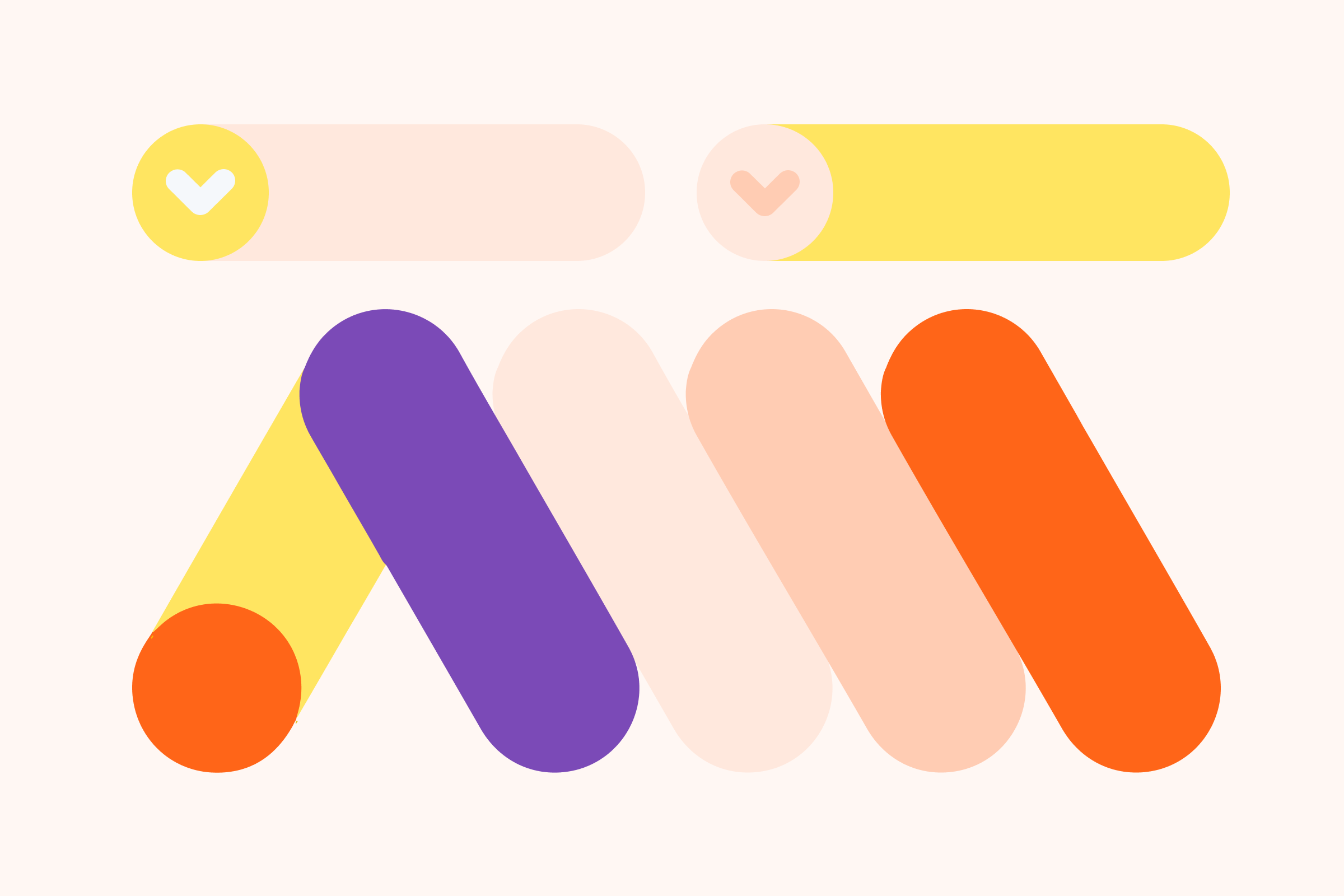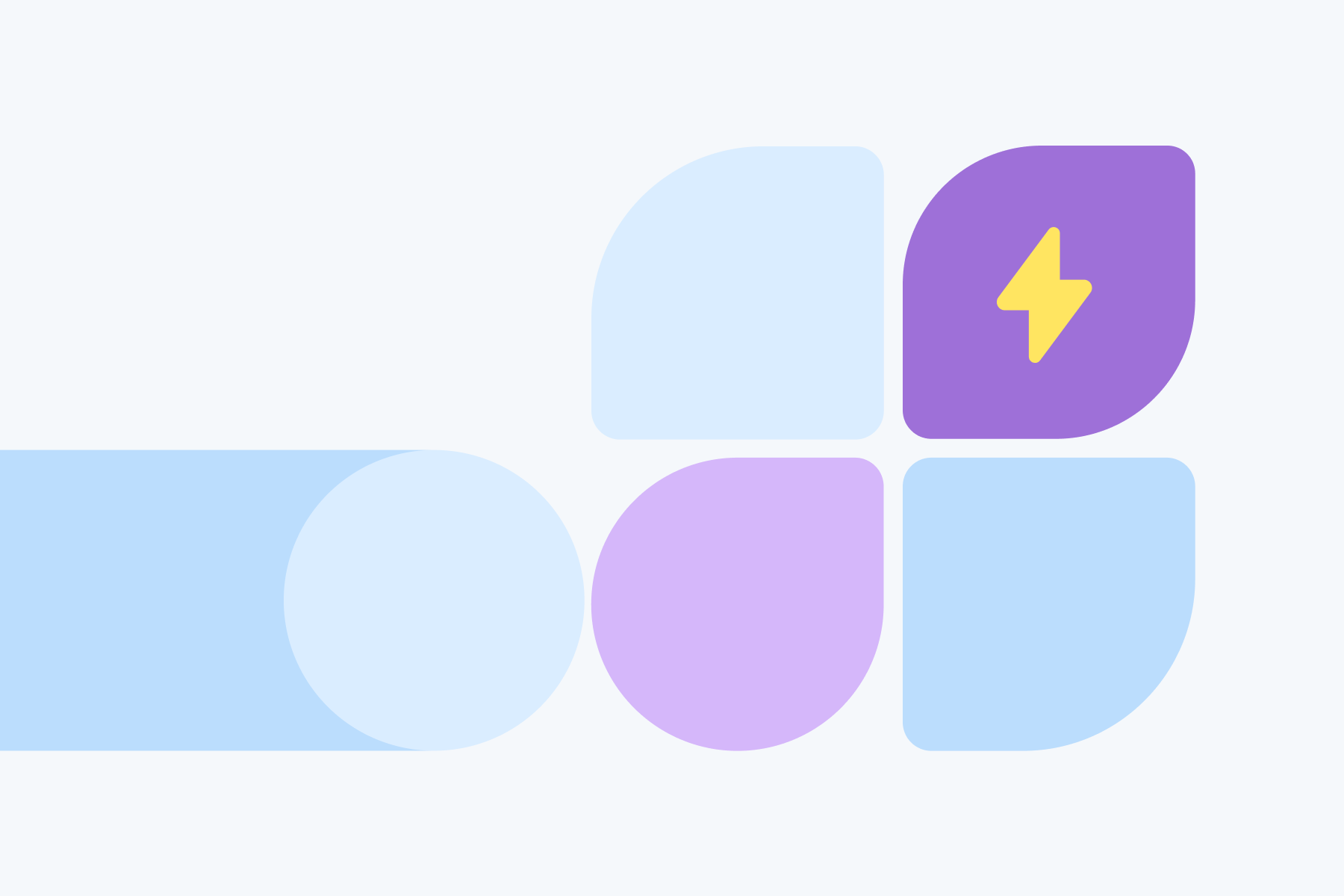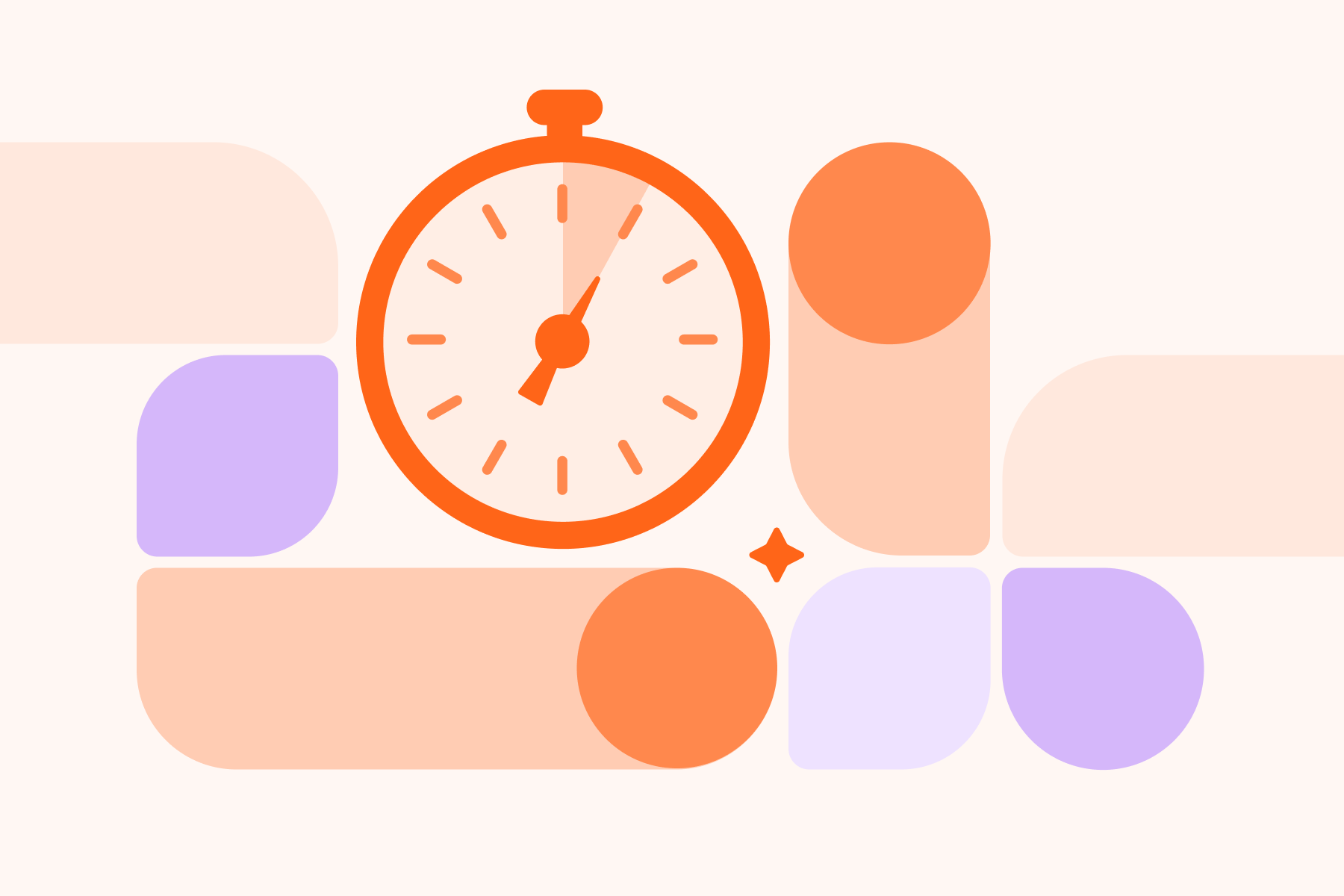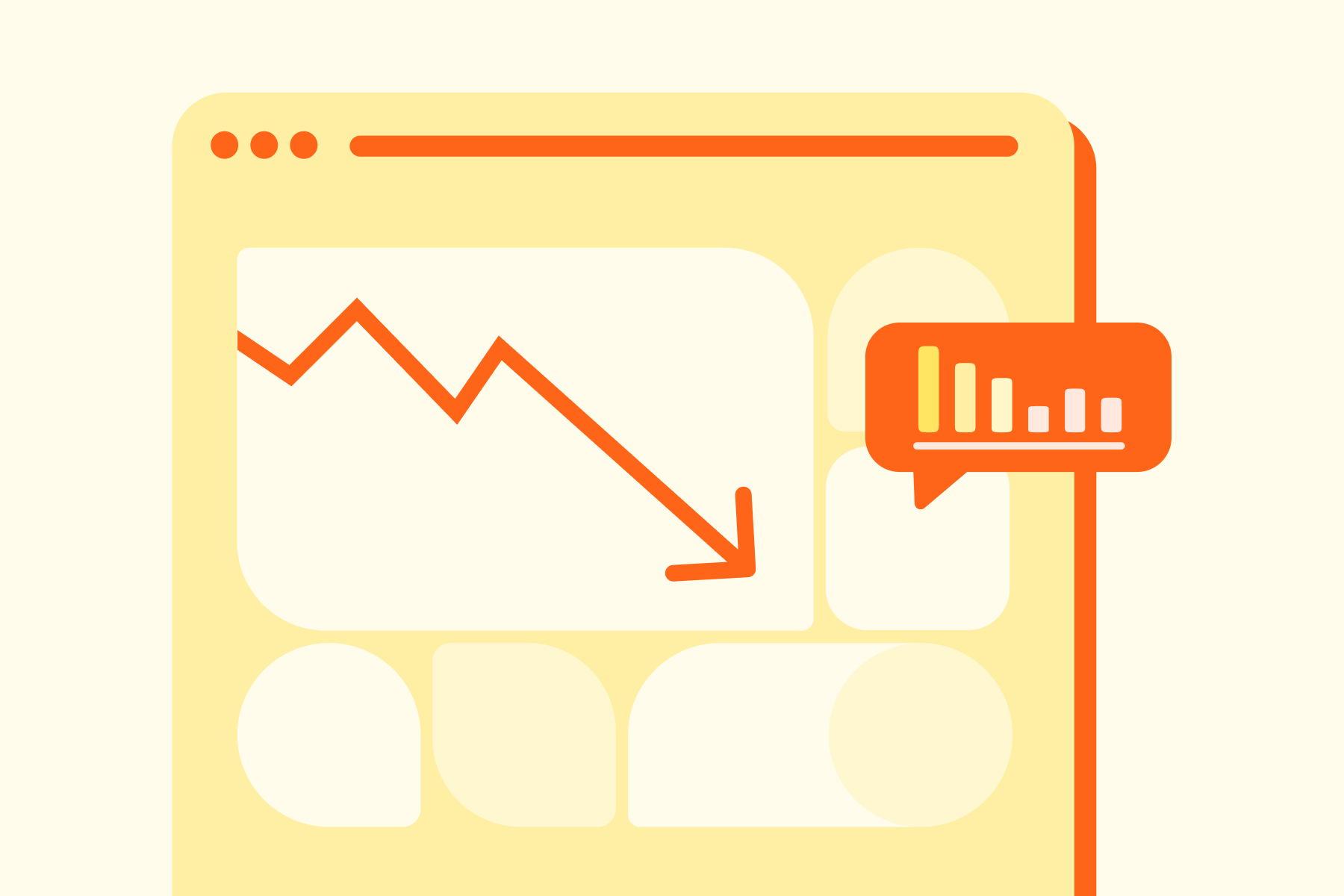The Cost Of Google Ads In 2025- 10 Things To Expect [Updated]
Denis Yurchuk
September 27, 2023

Since so many people rely on Google as their first stop whenever they need to find particular information online, it is also the most popular medium for commercial advertising. Google ads commands a market share of 85.53% when all other search engines are combined (Statista, 2023). Spanning from the intriguing disparity in Google ads prices across industries to the far-reaching ripple effect of market trends, we go on to explore the aspects that influence Google Ads pricing relevant for 2025.
1. Be Aware of Differences between Industries
The well-known question for most businesses is, “How much do Google ads cost on average?” Well, it can vary widely based on several factors, including industry, keywords, and competition. In 2023, the average Google Ads CPC hit $1.27 – and it is usually between $1 and $2 (Databox, 2023).

But why the CPC disparity across industries? Industries with more lucrative conversions often have higher CPCs. For instance, a law firm might see a conversion worth thousands of making. Diving into the data by industry, Health Care ($3.08) and Education ($2.91) had the priciest clicks, hinting at fierce competition and high-value keywords. Conversely, eCommerce ($0.38) and Apparel ($0.54) registered the lowest rates, suggesting savvy ad strategies and an abundance of cost-effective keywords. As 2025 unfolds, these trends offer insights into industry-specific marketing tactics and consumer behaviours.
2. Ripple Effect of Market Trends
The ebb and flow of market trends influence the ever-changing cost landscape of Google Ads' CPC. Take the Black Friday shopping spree as an example – since consumers eagerly await the day to snag deals on their coveted items, there's a marked spike in purchasing intent which influences the Google ads price in an upward trajectory.
Such heightened consumer anticipation doesn't go unnoticed by businesses. Brands, keen on maximizing their reach and capturing a slice of this lucrative market moment amplify their advertising efforts.
And with so many businesses vying for ad space, the digital advertising arena has become fiercely competitive. This intensified demand invariably escalates CPC rates.
3. Impact of Ad Format on Costs
Ad formats influence visibility, engagement, and, ultimately, your Google Ads expenses. With their concise messages, text ads usually incur lower production and click costs.

Meanwhile, display ads, encompassing images and interactive designs, enhance brand presence with visual appeal. To optimize the cost of advertising on Google, experiment with varied formats, track results, and adjust your strategy accordingly.
4. Tackling the Ad Rank Chessboard
When a relevant keyword is searched, Google Ads assesses if businesses have bid on it. If they have, an auction ensues. Each ad's position in the results depends on its "Ad Rank" - a product of the Quality Score and the maximum bid (your highest offer per click). Securing the top Ad Rank ensures your ad's appearance in search results.
But, how much do you pay when someone clicks? Interestingly, even if you've set a high maximum bid, you won't always pay that sum. Your actual Google Ads PPC cost is computed using a formula: it's the Ad Rank of the ad below yours divided by your Quality Score, augmented by one cent.
5. Conversion Rate - From Clicks to Action
For a successful Google Ads campaign, your conversion rate is critical.
Start by examining your website and other digital platforms: Does organic traffic convert effectively? Are best practices in place? Any unexpected user departures? Through identifying and fine-tuning these aspects, you can uplift your conversion rate, amplifying your Google Ads efforts' Return on Ad Spend (ROAS).
6. Scoring High on Quality
It's not just about being seen; it's about being relevant, measured by a Quality Score based on a 1-10 metric in Google Ads that assesses the relevance and quality of your ads. It factors in the landing page experience, keywords, and CTR.

Aim for a score close to 10, which indicates your ad's high relevance and quality to users. A superior Quality Score can secure you a higher SERP placement.
Plus, a high score allows for potentially lower keyword bids while still achieving top search result rankings, whereas a lower score might require higher bids for the same rank.
7. Strategic Stakes & Bidding
Your bid is the ceiling amount you'll pay for a single click on your advertisement. It's not merely a number but a reflection of the competitive landscape.

Often, advertisers perceive bidding as a race to the top. Bid wisely for optimal results Google suggests starting at $1 for your maximum CPC bid if you're unsure. Yet, based on thorough market analysis, strategic bidding can yield better results than simply outbidding competitors.
8. Regionally Tailored Ads for Maximum Impact
With Google Ads, it is possible to zoom in on specific geographic locations, ensuring your ads reach your desired audience precisely where they are.
Geographic targeting is essential, especially for businesses with a strong regional presence, such as local eateries or boutique stores.

Instead of broadcasting your ad globally, narrow it down to regions or cities for a more impactful reach – but it might be more expensive, depending on where you are. Statista found that the cost of pay-per-click advertising on Google varied by area in Europe. Britain had the highest rate at £1.54, ahead of Ireland (1.38), Switzerland (1.23), Norway (1.12), and Denmark (1.06).
9. Balancing the Budget
Your advertising budget represents the financial commitment within a specific timeframe (daily, monthly, quarterly, or annual) the business allocates to its ad campaigns. Considering the Google Ads price per month, a budget range of $500 to $700 allows you to attain 50 to 350 clicks (if the cost of pay-per-click advertising on google is in the higher range of $2) or as much as 500 – 700 clicks (when the Google ads PPC cost hovers around the lower range of $1).
While it's tempting to set aggressive budgets to dominate the market, it's important to ensure that your allocation is in line with your broader financial strategy. Tailoring an ambitious and realistic budget can maximize ROI without straining resources.
10. Time-Based Targeting: Making Every Minute Count
With Google Ads, you're not confined to a 24/7 advertising cycle. Time-based targeting enables you to display ads at specific hours, like between 10 AM and 4 PM, optimizing viewer engagement and influencing the average cost of Google advertising.

Naturally, consumer behaviour varies throughout the day. A cafe might see the most traction during breakfast hours, while an online gaming site might peak in the evening. Analyse your target demographic's habits and preferences. If you're a cafe offering a mid-day special, setting your ads active between 10 AM and 4 PM could yield the best results.
Takeaways
Considering all these factors, the price of Google Ads remains a worthwhile investment, especially when considering the platform's reach and conversion capabilities.












